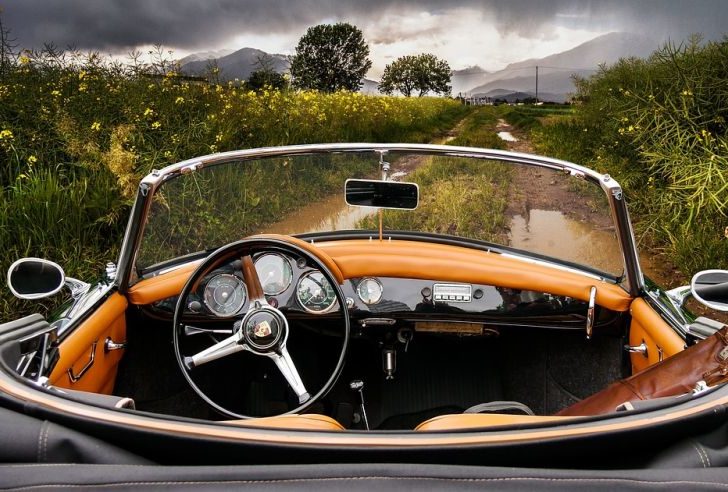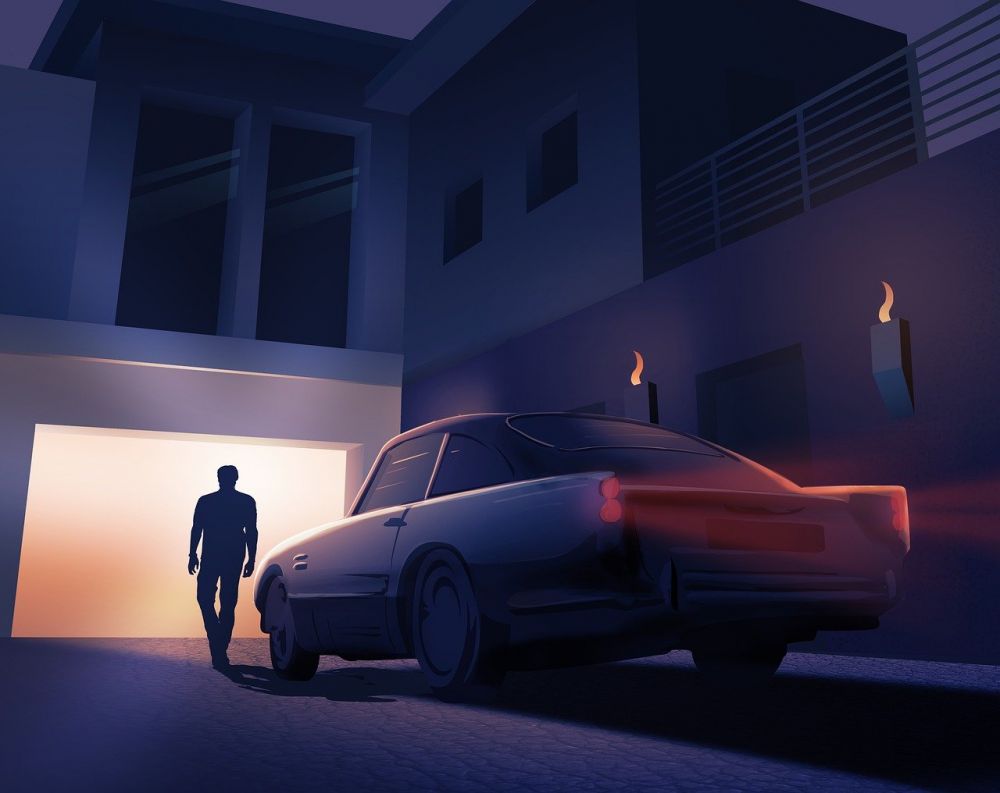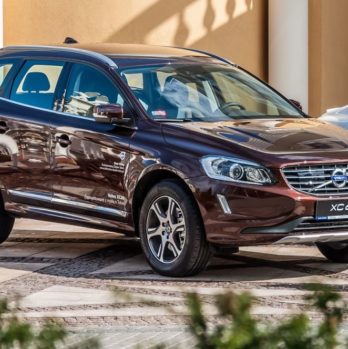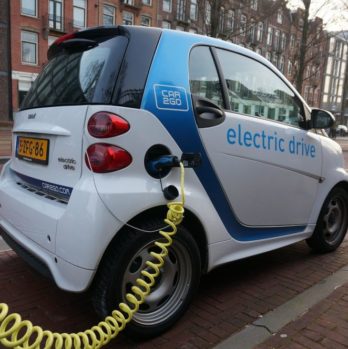VW Buzz: The Evolution of Volkswagens Iconic Van

Introduction:
The VW Buzz is an iconic vehicle that has captured the hearts of car enthusiasts and van lovers alike. In this article, we will take a closer look at the VW Buzz and everything you need to know about it. Whether you’re an avid car owner or simply interested in the evolution of this classic van, we have you covered.
The Legacy of VW Buzz:

The VW Buzz first made its appearance in the 1950s when Volkswagen introduced the original Type 2 van. It quickly became a symbol of freedom, adventure, and counterculture. The spacious interior, unique design, and reliable performance made the VW Buzz a popular choice among surfers, hippies, and families on road trips. Its compact size and versatility allowed it to navigate both rural and urban landscapes with ease.
Over the years, the Buzz became more than just a means of transportation; it became a cultural icon. Its association with the hippie movement, surfing culture, and the laid-back lifestyle made it an emblem of an entire generation. As time went on, the VW Buzz evolved to meet the changing needs and desires of its fans.
The Evolution of VW Buzz:
In the 1960s, Volkswagen introduced the second generation of the VW Buzz, commonly known as the Bay Window or T2. This version featured a larger windshield, more powerful engines, and improved suspension. It maintained its characteristic boxy shape and rear-engine design but offered more comfort and amenities.
As the demand for larger vehicles increased, Volkswagen responded with the third generation of the VW Buzz, known as the T3 or Vanagon. This model introduced a more modern and aerodynamic design, with updated features such as power steering, air conditioning, and improved fuel efficiency. Despite these changes, the VW Buzz still retained its unique charm and character.
In the late 20th century, the VW Buzz underwent another significant transformation with the launch of the fourth generation, the T4 or EuroVan. This model featured a front-engine design, providing better weight distribution and improved handling. It offered more cabin space, increased safety features, and a smoother ride. The T4 marked a departure from the rear-engine concept but remained faithful to the unmistakable VW Buzz silhouette.
Today, the VW Buzz is in its fifth generation, known as the T5 or Transporter. This model continues to build upon its rich heritage while incorporating modern technology and advanced features. The VW Buzz T5 offers a range of engine options, including clean diesel and eco-friendly electric powertrains. It provides enhanced connectivity, safety features, and a spacious interior that can be customized to suit individual preferences.
The Rebirth of the VW Buzz:
In recent years, Volkswagen has unveiled an exciting new concept inspired by the original VW Buzz – the VW ID Buzz. This all-electric concept vehicle combines the nostalgia of the classic van with futuristic design and cutting-edge technology. With its sleek lines, electric drivetrain, and autonomous capabilities, the ID Buzz aims to revolutionize the concept of transportation.
The VW ID Buzz is set to usher in a new era of electric mobility while paying homage to the beloved VW Buzz of the past. Its spacious interior, flexible seating configurations, and state-of-the-art features make it an ideal choice for families, adventurers, and eco-conscious individuals alike. With a range of up to 300 miles on a single charge and fast-charging capabilities, the ID Buzz promises to redefine what a van can be.
Conclusion:
The VW Buzz has come a long way since its inception in the 1950s. From its humble beginnings as a utilitarian van to its iconic status as a symbol of freedom and adventure, the VW Buzz has left an indelible mark on automotive history. With the introduction of the VW ID Buzz, Volkswagen aims to honor its heritage while embracing the future of electric mobility. Whether you’re a car enthusiast or simply appreciate the nostalgia and charm of this iconic van, the VW Buzz is sure to capture your imagination and inspire a sense of wanderlust.











